Spice Secrets of the Spanish Mediterranean: 7 Flavors That Will Make Your Taste Buds Dance!
If you’ve ever dreamed of sun-drenched coasts, olive groves stretching to the horizon, and paella bubbling in a wide pan under the warm Mediterranean breeze—you’re not alone. The flavors of Spain’s Mediterranean coast are more than just ingredients; they’re an experience. In this article, we’ll take you on a culinary journey through the spice-laden soul of this vibrant region. From paprika-dusted tapas to saffron-scented rice dishes, prepare your palate for a flavor-packed adventure.
Table of Contents
- A Flavorful History: How the Mediterranean Shaped Spanish Spices
- Essential Spices of the Spanish Mediterranean
- How to Pair These Spices Like a Pro Chef
- Buying Guide: Choosing the Best Mediterranean Spices
- Tasty Recipes to Try at Home
- Final Thoughts
A Flavorful History: How the Mediterranean Shaped Spanish Spices
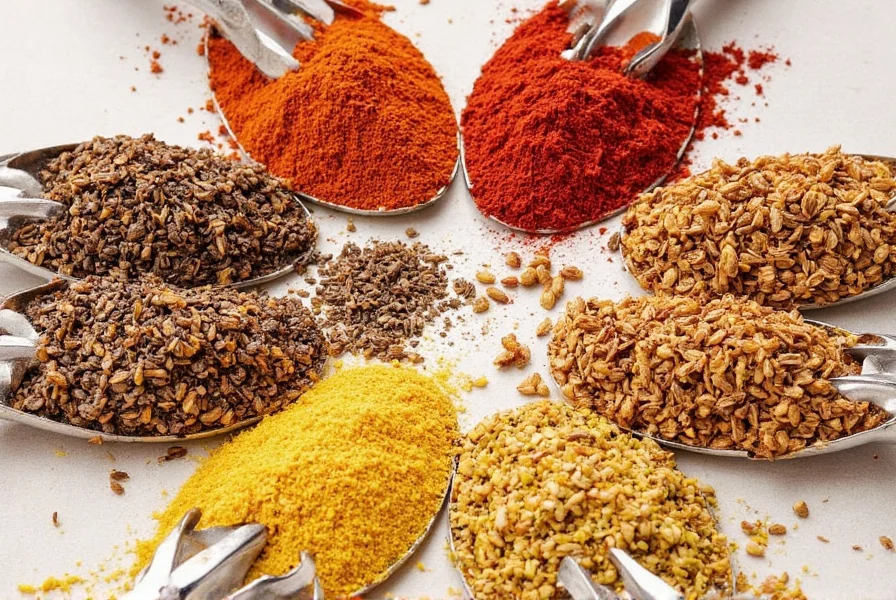
The Mediterranean has long been a crossroads of trade, culture, and cuisine. For centuries, merchants brought exotic spices from North Africa, the Middle East, and beyond to the ports of Barcelona, Valencia, and Alicante. Over time, these spices were woven into local cooking traditions, giving rise to the rich and diverse flavor profiles that define the Spanish Mediterranean today.
Think of saffron arriving with Moorish traders or paprika coming from the New World via Andalusia. Each spice tells a story of movement and adaptation. Today, these ingredients remain central to Spanish kitchens—not only as flavor enhancers but also as symbols of heritage and identity.
Essential Spices of the Spanish Mediterranean
The heart of Spanish Mediterranean cuisine lies in its bold yet balanced use of spices. Here are seven must-have spices that bring authenticity and excitement to every dish:
- Saffron (Azafrán): Known as "red gold," saffron adds both color and aroma to dishes like paella and arroz negro.
- Paprika (Pimentón): Available in sweet, smoked, and hot varieties, paprika is a cornerstone of Spanish seasoning.
- Cumin (Comino): Adds warmth and depth, especially in stews and vegetable dishes.
- Nutmeg (Nuez Moscada): Used sparingly in fish soups and creams, it brings a subtle earthiness.
- Smoked Sea Salt: A finishing touch that enhances the natural flavors of seafood and grilled vegetables.
- Oregano: Brings a rustic, herby note to tomato-based sauces and roasted meats.
- Anise Seeds: Popular in desserts and liqueurs, they offer a licorice-like sweetness.
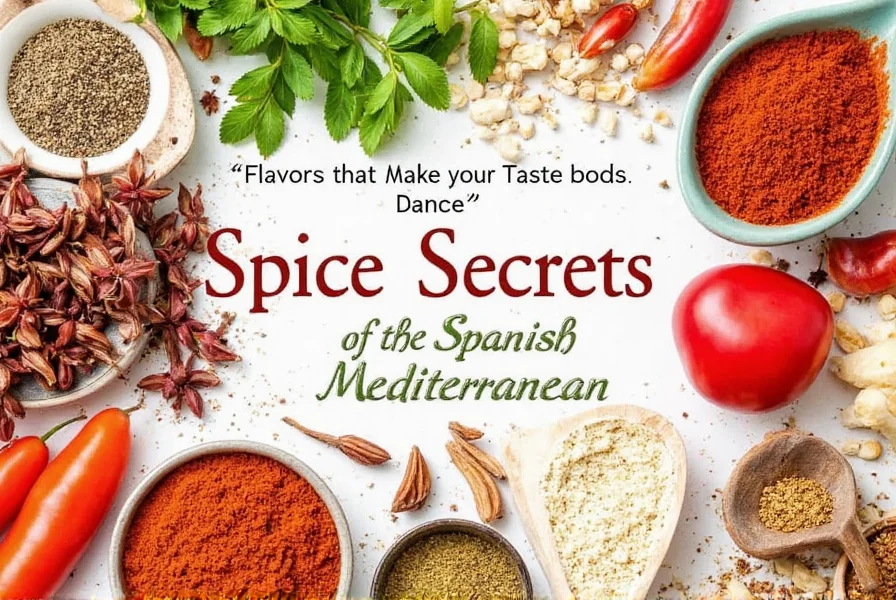
Comparison Table: Key Spanish Mediterranean Spices
| Spice | Main Use | Flavor Profile | Best Paired With |
|---|---|---|---|
| Saffron | Rice dishes, seafood, sauces | Earthy, floral, slightly bitter | Chicken, shellfish, tomatoes |
| Paprika | Marinades, rubs, soups | Sweet, smoky, or spicy | Chorizo, potatoes, lamb |
| Cumin | Stews, legumes, vegetable dishes | Warm, nutty, peppery | Chickpeas, eggplant, lamb |
| Nutmeg | Fish soups, creams, custards | Sweet, woody, slightly spicy | Cheese, eggs, potatoes |
| Smoked Sea Salt | Finishing salt | Smoky, briny | Seafood, grilled veggies, avocado |
How to Pair These Spices Like a Pro Chef
Mediterranean cuisine thrives on harmony. The key to using these spices well isn’t about overpowering your dish—it’s about balance. Here are some pro pairing tips:
- Saffron + Garlic + Olive Oil: This trio forms the base of many Valencian dishes, including the legendary paella valenciana.
- Smoked Paprika + Tomatoes + Onions: This combination creates a deep, umami-rich foundation for sofrito used in countless Spanish recipes.
- Cumin + Lemon Zest: Add brightness to heavy meat dishes with a hint of lemon zest after sprinkling cumin.
- Nutmeg + Creamy Cheese: Enhances the richness of dishes like croquetas or baked cheeses.
- Smoked Salt + Grilled Vegetables: Elevates the natural sweetness and char of grilled peppers, zucchini, and eggplant.
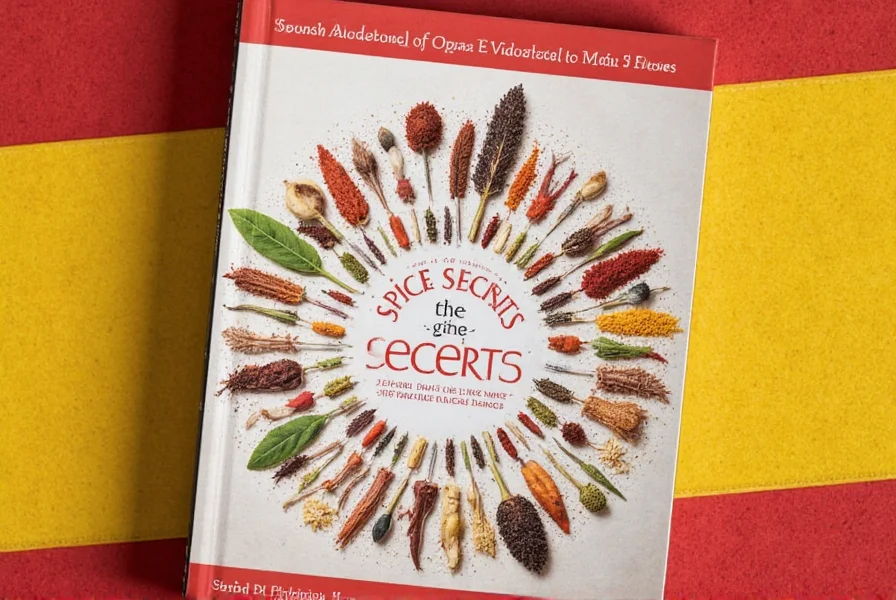
Buying Guide: Choosing the Best Mediterranean Spices
Not all spices are created equal. Here’s how to pick the best ones for your kitchen:
What to Look for When Buying Spanish Spices
- Origin: Choose spices labeled as “La Vera” for paprika or “Mancha” for saffron—these regions are known for quality.
- Form: Whole spices (like cumin seeds) last longer and can be toasted for more depth.
- Packaging: Opt for airtight containers to preserve freshness and potency.
- Brand Reputation: Trusted brands like La Flor de Sal or Herbes del Montseny ensure authentic flavor profiles.
Top Recommended Products
| Product | Description | Advantages | Use Case | Occasion |
|---|---|---|---|---|
| La Vera Smoked Paprika | Dried and smoked over oak fires in Extremadura | Rich, complex flavor; perfect for tapas and stews | Used in chorizo, marinades, or patatas bravas | Everyday meals, family dinners |
| Azafrán de la Mancha | High-quality saffron threads from Castilla-La Mancha | Intense color and aroma; ideal for paella | Infused in broth before adding to rice | Special occasions, gourmet dishes |
| Herbes del Montseny Blend | Mix of oregano, thyme, rosemary, and marjoram | Versatile, aromatic, great for roasting | Season meats, vegetables, or olive oil dips | Cookouts, Sunday roasts |
| Sal de Ibiza Smoked Sea Salt | Hand-harvested salt from Ibiza, naturally smoked | Delicate smoke without bitterness | Finishing salt for salads, seafood, or chocolate | Dinner parties, gourmet platters |
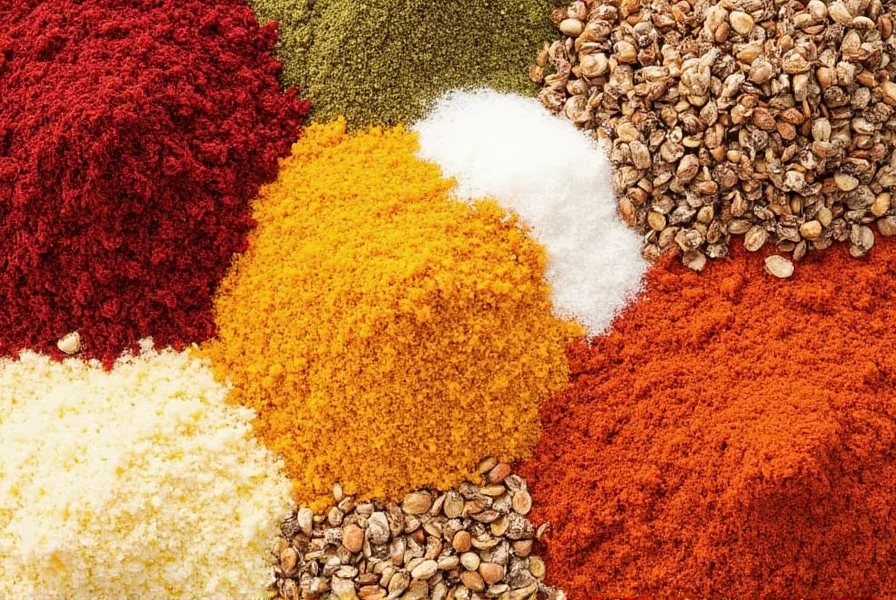
Tasty Recipes to Try at Home
Ready to bring some Spanish Mediterranean magic into your own kitchen? Here are a few crowd-pleasing recipes that highlight these spices:
Valencian-Style Chicken and Sausage Paella
- Ingredients: Chicken thighs, chorizo, bomba rice, saffron, garlic, tomatoes, paprika, peas
- Tip: Toast the paprika and garlic gently before adding liquid to avoid bitterness.
- Serving suggestion: Garnish with lemon wedges and fresh parsley.
Spanish Smoked Paprika Patatas Bravas
- Ingredients: Potatoes, olive oil, smoked paprika, garlic, chili flakes, aioli or bravas sauce
- Tip: Dust with paprika right after frying for maximum flavor absorption.
- Serving suggestion: Serve with crusty bread and olives for a full tapas spread.
Mediterranean Roasted Vegetable Platter
- Ingredients: Eggplant, zucchini, bell peppers, olive oil, oregano, smoked salt
- Tip: Brush each veggie with infused herb oil before roasting for extra depth.
- Serving suggestion: Drizzle with balsamic glaze or tahini dressing.
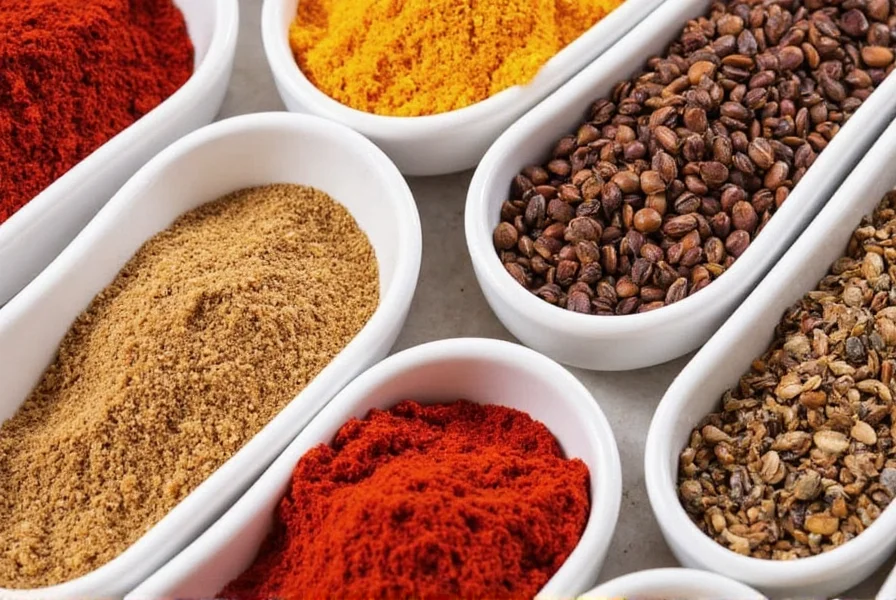
Final Thoughts
The Spanish Mediterranean isn’t just a place—it’s a feeling. Its spices tell stories of sun-soaked markets, lively gatherings, and generations of culinary wisdom passed down through families. Whether you're a seasoned chef or someone who simply loves experimenting with flavors, incorporating these spices into your pantry will open up a world of delicious possibilities.
So go ahead—dust off that paella pan, reach for the saffron, and let your kitchen smell like a seaside village in Catalonia. Because life, much like good food, should always be a little spiced up!

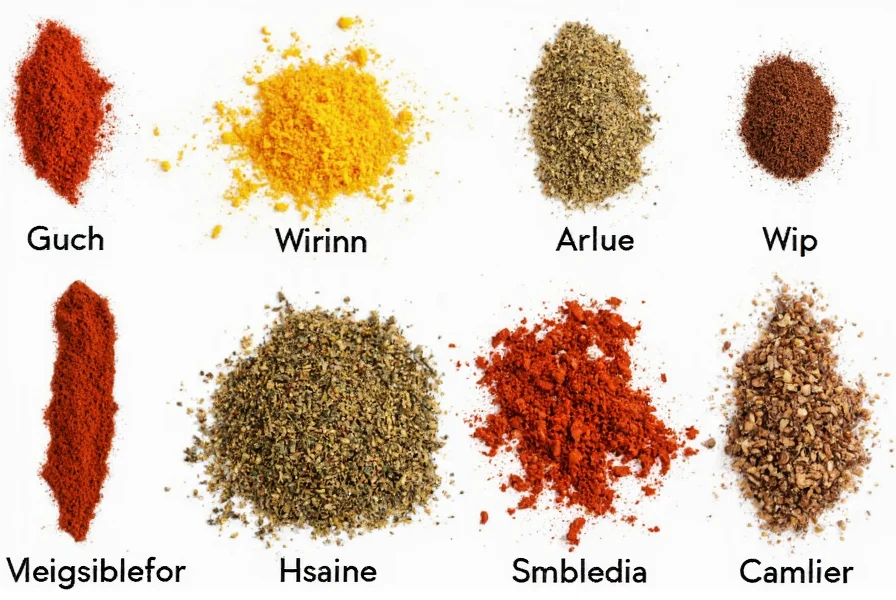









 浙公网安备
33010002000092号
浙公网安备
33010002000092号 浙B2-20120091-4
浙B2-20120091-4